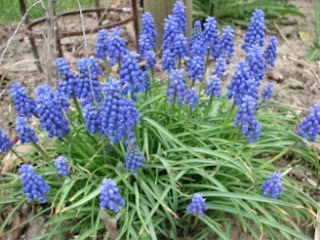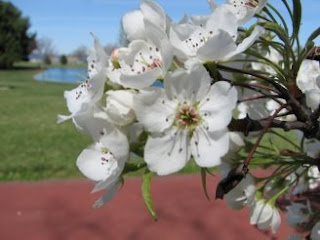These are the special days we wait for each year when the elusive morel pops its head above ground. I walked to our favorite spot yesterday and saw a few small ones and decided
not to pick them but to give them another day in the woods. I also wanted to make sure we'd have a dish to enjoy them in so they didn't go to waste. Tomorrow Mom will fry eggs and we'll dice these morels and fold them into the scrambled mixture. When the morels are small, that's the best choice.

These early morels are what we call 'snake heads'. I believe they're yellow morels (Morchella escultena) and I've never had any trouble eating mushrooms that have this obvious
spongy look to them. But mushrooms can be deadly so eat nothing you're not sure about.
While I collected these, I heard what I suspect were a few raindrops scattering among the dry leaves. It was a pleasant time to be in the woods, quiet and dark and cool. Perfect mushroom-growing weather.

As you can see, the stem of this one is a little old, perhaps several days. They get a rusty look to them and they're no longer prime quality when this shade of orange appears. But we're desperate - and we're hungry for them - so we'll eat them just the same.

My grandfather, Elwood Schmidt, was the GREAT mushroom hunter of the Schmidt clan but he'd do the deed near Bear Lake, Michigan and those woods couldn't be beat. Now so many woods are posted and the numbers of people who hunt have depleted the crop. I can remember when he filled bushel baskets with large morels. He and my grandmother would prepare them in the cottage and bring them home cleaned, wrapped and ready to fry.
My own crop is a little more modest - a mere seven this morning - but we'll enjoy them just as much, perhaps more so for their rarity.
For Farmersville, our mushroom season begins as early as April 10 but we find them much more commonly from about April 15 - 20. Normally this would be about the end of the season. I'll check a few more times before the weeds grow too high and the weather grows too hot.









